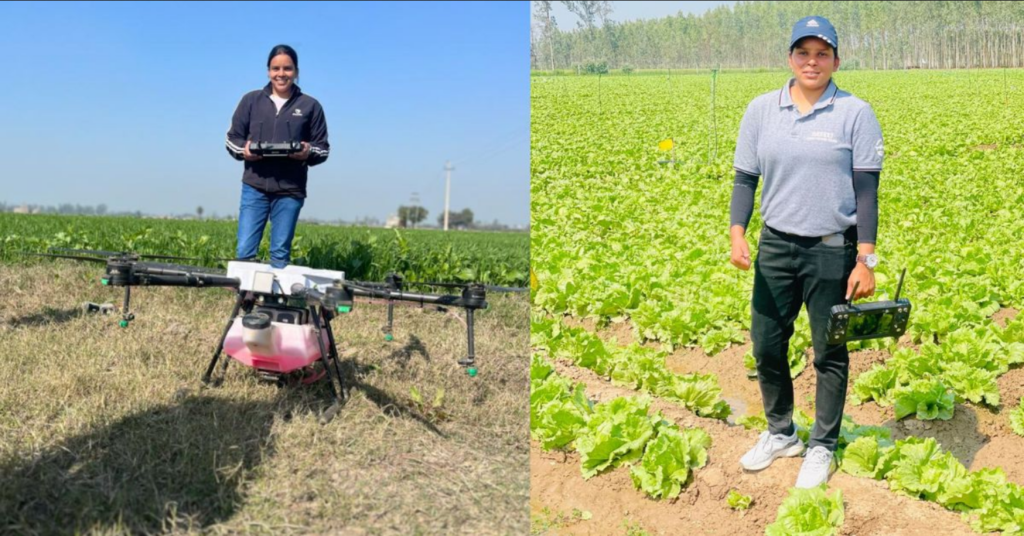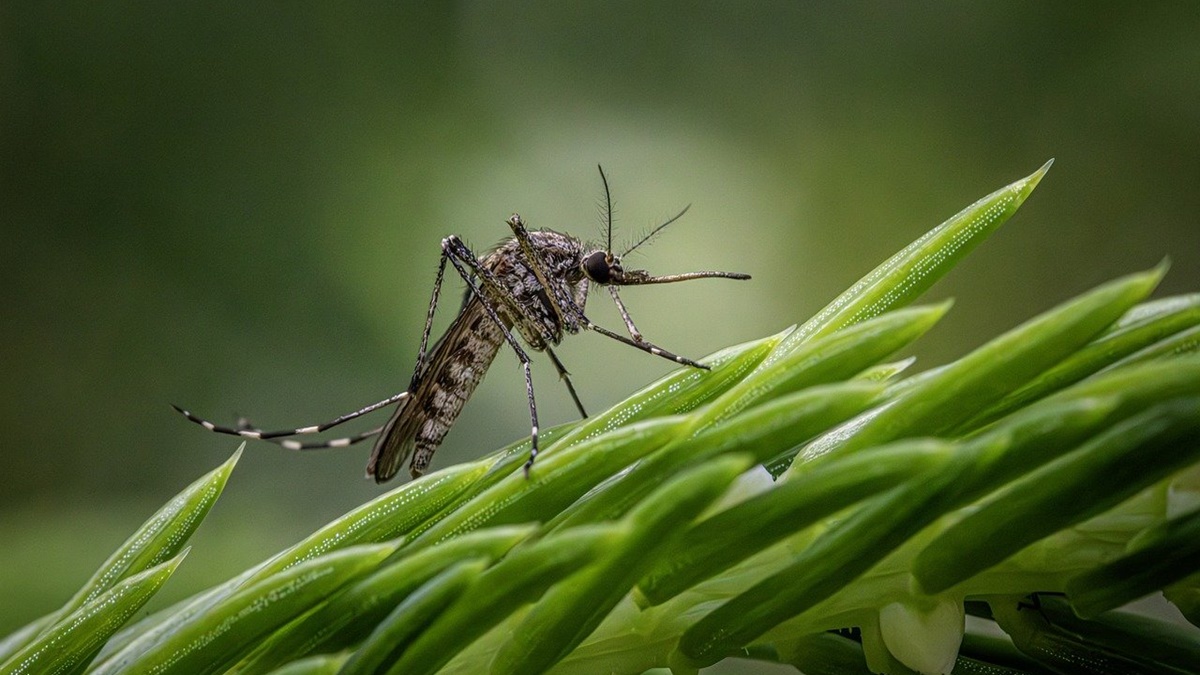Drones, often associated negatively in Punjab due to their involvement in activities like drug and arms smuggling from Pakistan, are now gaining positive attention in neighboring Haryana, particularly in the agricultural sector. Farmers in Haryana are embracing drones for tasks such as spraying liquid fertilizers and pesticides, as well as conducting surveys to monitor crop health.
Recognizing the potential of this technology, the Haryana government is moving to train a significant number of drone pilots. Plans are underway to establish a force of 1,000 drone pilots, with efforts already in motion to engage a firm to train both youth and agriculture department staff in drone operation for agricultural purposes.
Officials from the Haryana agriculture and farmers welfare department express their determination not to lag behind in adopting this emerging technology. They are considering proposals to offer subsidies of 40 to 50 percent to farmers interested in purchasing drones for agricultural use, with or without support from the central government.

Dr. Satyender Yadav, Associate Director of Extension Services at Maharana Pratap Horticulture University (MHU), highlights the growing demand for drone services among farmers. The university has initiated free demonstrations of drone applications in agriculture, with considerable interest from farmers willing to pay for these services.
Nisha Solanki, a certified drone pilot associated with the university, exemplifies the growing pool of trained individuals in this field. She earned her certification while pursuing her MTech at Hisar’s Chaudhary Charan Singh Haryana Agricultural University. The university itself plans to establish a center for training drone pilots, reflecting the increasing importance of this skill set.

According to Vijay Sheoran, a farmer from Hisar’s Ladwa village, drones have proven invaluable in tasks such as spraying liquid fertilizers in wheat fields. Sheoran, part of a farmer producer organization (FPO), highlights the efficiency of drones, which can cover large areas quickly and with minimal water usage compared to manual spraying methods.
Indeed, the use of drones not only saves time but also conserves water. Satyender Yadav emphasizes that while manual spraying methods typically require 150 to 200 liters of water per acre, drones can achieve the same task with just 10 liters, making them a sustainable choice for modern agriculture in Haryana.


